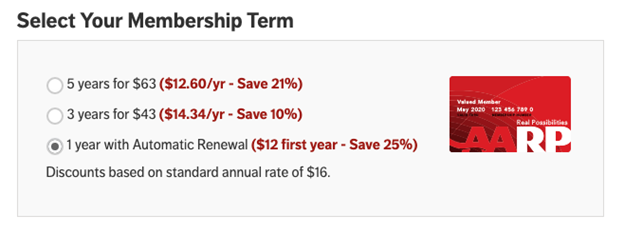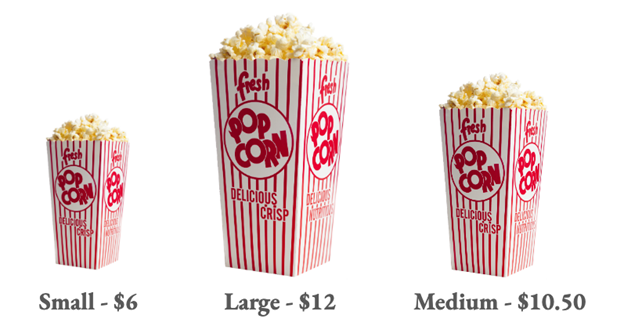Two Quick Psychology Hacks to Improve Your Online Marketing

Association marketers are always trying to guide consumer behavior. Using these psychological “nudges” can help your team guide behavior in areas like membership renewal and continuing-education offerings.
I’ve recently been spending some time with a book called Thinking Fast and Slow by Daniel Kahneman. The book offers enlightening insights into how we make buying decisions in both our professional and personal lives. It also illustrates how businesses use “nudges”—a behavioral science concept that uses positive reinforcement and indirect suggestions to influence decision-making.
In its purest form, a nudge is not about manipulation; it’s about steering behavior. A nudge promotes the action a website wants users to take but doesn’t remove the other options. Savvy marketers take advantage of nudges to ease users’ decision-making—giving them context and directing them toward the “best” action. Let’s look at two nudges you can quickly put into action at your association.
Anchoring
Anchoring is the human tendency to rely too heavily on the first piece of information offered (the “anchor”) when making decisions.
In one famous anchoring demonstration, test subjects were asked two questions: (1) Is the tallest redwood tree in California taller or shorter than 130 feet? (2) What’s your best guess for the height of the tallest redwood tree in California?
Here, “130 feet” is the anchor. When a second group was given this simple questionnaire, the first question was switched to “…taller or shorter than 1,400 feet?”—and now, “1400 feet” is the anchor.
The first group’s guesses for question two—the height of the tallest tree—were much lower than the second group’s. The presence of either “130 feet” or “1,400 feet” vastly influenced people’s guesses.
This same principle can be used for your membership forms. For example, if you want longer membership commitments, you can “anchor” your potential members to a longer term. There are a few ways to do this:
Anchor with web design. When the potential member lands on your membership form, a five-year membership term is already selected. If your average membership term is one year, then by selecting a longer term and offering several options, you might see the length of your average membership term increase.
Anchor with text. If your average membership term is one year—and you want to increase it to three years, for example—you might include text above the form that reads: “Thanks in advance for your membership. Many of our members are signing on for three-year membership terms” (assuming this is true, of course). This little bit of text might be enough to sway some potential members—it’s like the “most popular” option you see on many for-profit software offerings.
Anchor with ordering. Instead of listing membership terms from shortest to longest, reverse it. Let the first option they see be a longer term. AARP does this well:
Decoy Effect
When presented with too many options, people freeze. It’s why we take forever to order off the mega-menu at The Cheesecake Factory. Thus, smart marketers present users with options A or B or C, instead of options A-Z.
This is where the Decoy Effect comes in. People tend to have a specific change in preference between two options when also presented with a third option that is asymmetrical.
No one puts the Decoy Effect to better use than movie theaters. The image below shows exactly what I mean:
“Twelve dollars for a large box of popcorn? Well…the medium is $10.50, so I guess that’s not so bad.” This is the phrase that goes through the head of every popcorn-loving movie-goer across America when they step up to the concession line. And it’s all due to the Decoy Effect. Movie theaters don’t expect anyone to buy the medium popcorn. That option is simply there to drive sales for the large popcorn.
Here’s how associations can put the Decoy Effect to work:
Take a look at your continuing-education offerings. Say you’re a bar association and a member is about to buy a digital publication called Legal Billing/Accounting Software Options for $100. For a second option, you also offer them the printed version for a total of $150. The third asymmetrical option would be to add on a related publication called Becoming the Tech-Savvy Family Lawyer for a total of $165. Because, after all, buying two reports for $165 versus one report $150 sounds like a better deal (and it is, right?!).
Now, get to work! You’ve got some nudgin’ to do.



